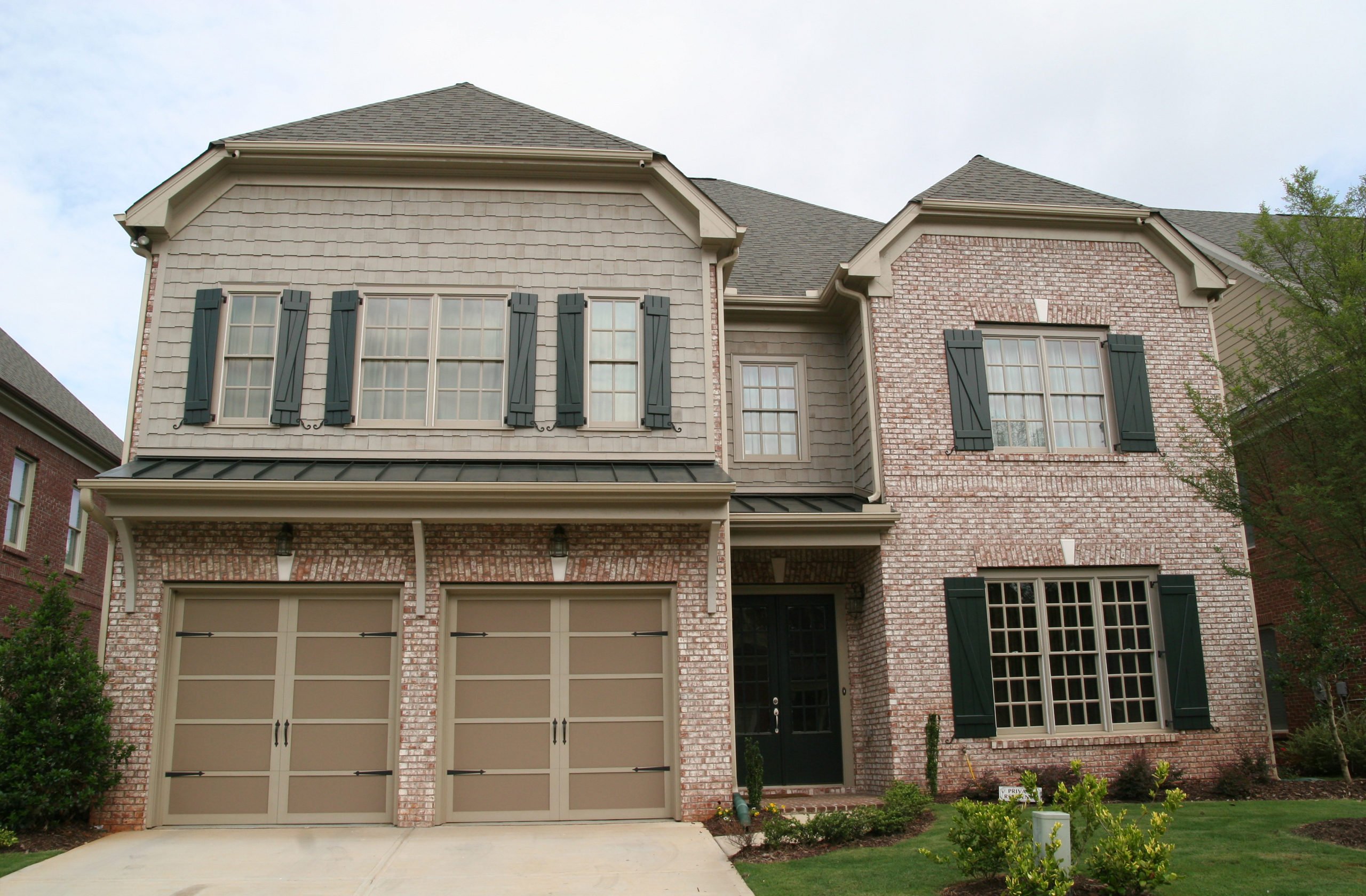
How to inspect winterized, foreclosed or vacant homes
Things to Look For When Inspecting Winterized, Foreclosed or Vacant Homes
So you got the call from a new client and they booked an inspection with your company. Congratulations! You ask all the obvious questions when scheduling the inspection. You find out the home is winterized/ foreclosed and vacant.
Inspecting a winterized/foreclosed home does not entail a different inspection report or different inspection procedures compared to a lived-in home. Yet there are definitely issues that can arise in a winterized/foreclosed home that you typically will not come across in a lived in home, for obvious reasons.
Are the utilities still on?
When booking any inspection, one of the most important questions you can ask your client is “Are all of the utilities on?” We are talking about electric, gas and water. The only way we can properly inspect the different items throughout the home is if these systems are on and functioning. As home inspectors, if you are following the NAHI standards of Practice it, specifically states we are not required to activate electrical systems or branch systems which are not energized; inspect any system that is shut down or secured; or operate any main, branch or fixture valves except the ones stated in the SOP. By taking the chance and operating something that is shut down or turned off, you increase your liability tremendously.
Uninvited guests and mold
Be prepared for possible pest infestation and maybe even mold growth. If the property has been vacant for an extended period of time critters such as raccoons, mice/rats, termites, bats, birds, and anything else that can get into the property may show up for the party. A lot of these animals can carry diseases so be extra careful and protect yourself. Some things you should be looking for are any areas that have been damaged by the animals. It may include chewed wood, holes and don’t forget to look for the droppings. Mold may be another issue with the home. If there are areas that are damaged and water is leaking into the house that can create a perfect environment for mold. High humidity can contribute to mold growth with the right circumstances as well.
Thieves, vandals and squatters
Another issue you need to be aware of is that thieves/vandals may have paid a visit to the property. You may encounter a home where all of the copper piping has been removed from the home or all the electrical wires have been ripped out of the walls. You may see the A/C condensing unit is dismantled and missing a good portion of its insides. The list goes on; thieves will take anything worth money, so keep your eyes open. Also be cautious of squatters that may be living in the house as you may come across some unsanitary conditions.
Prior owner
What about the past owner or resident that was evicted from the home? Before they left they may have done some remodeling. You may see damaged drywall, broken windows, damaged doors, damaged countertops, cabinets missing doors. The list goes on. The important thing to remember when inspecting a winterized/foreclosed vacant home is to follow your report and stick to the NAHI SOP or your state standards and document any issues that may need attention. Good luck!




